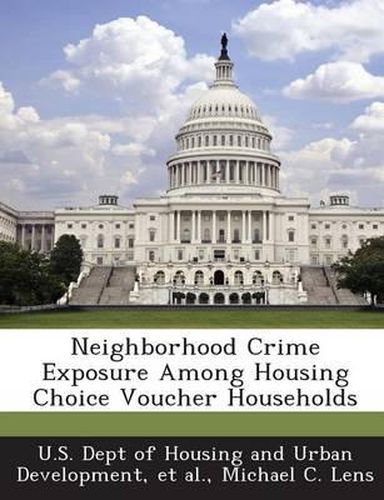Readings Newsletter
Become a Readings Member to make your shopping experience even easier.
Sign in or sign up for free!
You’re not far away from qualifying for FREE standard shipping within Australia
You’ve qualified for FREE standard shipping within Australia
The cart is loading…






The federal government increasingly relies on housing vouchers to make housing more affordable to lower income households, often with the hope that assisted households will use these portable subsidies to move to (or remain in) higher quality neighborhoods. While other researchers have examined the poverty rate and broader socioeconomic conditions in neighborhoods reached by voucher holders, we contribute to this literature by examining an arguably more fundamental neighborhood attribute-safety, as measured by neighborhood crime rates. Using census tract-level crime and subsidized housing data on 91 large cities in 2000, we compare the crime rates of the neighborhoods of voucher holders to those of the neighborhoods lived in by public housing, Low-Income Housing Tax Credit, and poor renter households. We augment these analyses with a longitudinal sample of crime from seven cities at the census tract level, allowing us to observe changes in crime exposure from 1998 to 2008.
$9.00 standard shipping within Australia
FREE standard shipping within Australia for orders over $100.00
Express & International shipping calculated at checkout
The federal government increasingly relies on housing vouchers to make housing more affordable to lower income households, often with the hope that assisted households will use these portable subsidies to move to (or remain in) higher quality neighborhoods. While other researchers have examined the poverty rate and broader socioeconomic conditions in neighborhoods reached by voucher holders, we contribute to this literature by examining an arguably more fundamental neighborhood attribute-safety, as measured by neighborhood crime rates. Using census tract-level crime and subsidized housing data on 91 large cities in 2000, we compare the crime rates of the neighborhoods of voucher holders to those of the neighborhoods lived in by public housing, Low-Income Housing Tax Credit, and poor renter households. We augment these analyses with a longitudinal sample of crime from seven cities at the census tract level, allowing us to observe changes in crime exposure from 1998 to 2008.